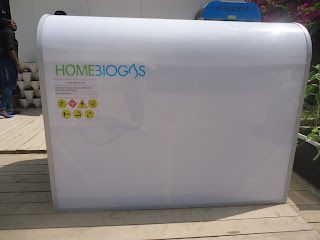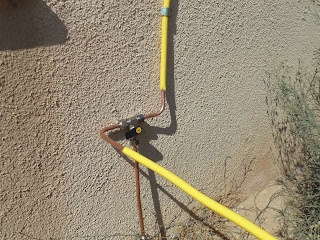
I want to share with you some insights out of the very successful training we had over the weekend. For more details please contact us. we will send you a detailed farming manual once you place an order.
·
Basic Consideration
Watermelon is loved for domestic
consumption in Kenya especially during hot months. Having their origin in
Africa, watermelon is considered a warm crop (Tropical) and need warm growing
temperatures (up to 26 degrees of day temperatures and above 10 degrees
night temperatures) and a long growing season (of between 60 to 80 days).
Watermelon thrive in Full sun exposure (do not grow under shade) and Sandy soil
type. Days to maturity range from 60 to 90, depending on the variety.
Watermelon has market all year
round, although returns from sales (price of commodity) fluctuate seasonally.
Factors affecting Watermelon market include Supply-demand dynamics, change in
climatic pattens, geographical location, and availability of alternative fruits.
·
Areas suitable for
Watermelon growing
Kenya’s geographical position
makes it suitable for all year watermelon farming. Most counties, save for the
very cold slopes of Mt. Kenya, can sustain commercial watermelon farming. If it
is too cold, you can have mulched beds to guarantee high soil temperatures
during the night.
As long as an area experiences
full sun in most times of the year, has well drained soils (with adequate sand
portions), experiences day temperatures of about 26 degrees and night
temperatures of not below 10 degrees and has clean water (free from Chlorine
and salts).
Ideal PH for Watermelon Production
should be between 6 and 6.8 (meaning almost neutral but slightly tending
towards acidic)
Always test your soils before
investing into watermelon farming.
·
Planting and farm layout
Watermelon is planted through
direct seeding (easiest and more viable).
Depending on farmer preference,
Watermelon seeds can be planted in
1. Holes
(Barrows) measuring, 2ft by 2ft by 1ft. The holes are spaced 2 meters apart on
either side.
This system is ideal for hot and dry areas, to
conserve water and retain moisture.
It is easier to monitor and manage individual plants
When planted in
Barrows (holes) as opposed to furrows, management becomes easy. Plants are
easily watered, scouted for diseases, and fertilized.
2. Farrows
spaced 2 meters apart. Plant seeds 2meters apart by 2 meters a part (6 feet
apart by 6 feet apart).
Accommodates many plants but water wastage and
moisture loss is high
If using fuel to run water pump, will require more for
the same area.
In this picture,
watermelon seeds were planted in furrows. Water loss in very high in furrows.
3. Raised
hills like those for sowing “Ngwaci”. They should be 5 ft wide and plants
should be spaced about 2 ft apart (60 cm).
This is ideal for areas experiencing a lot of rainfall
and soils are poorly drained.
Watermelon is a heavy feeder and
it is good to have fertile soils (do not confuse this with exaggerated
application of chemical fertilizers in soil). If your soils are “tired”,
consider amending with manure (compost, green farmyard)
In using manure, ensure it is
fully decomposed (dark in colour, warm and smelling nice. I should be
completely dry) to avoid bacteria causing Fusarium
wilt / Wireworms.
Avoid heavy manure applications
close to planting. After application, plow the land to bury any maggots and
eggs laid by pests. (Otherwise, AVOID using manure)
NB: Please seek
help in preparation of good manure. We help farmers with manure technology
·
Husbandry
Avoid salt accumulation in soil
at all costs only a tablespoon full of fertilizer per plant is enough. Too much
of it affects soil properties.
Watermelon harvested, sorted,
weighed and loaded into a waiting truck
Fertilization
During planting, the farmer may opt
to incorporate planting fertilizer (fertilizers with high phosphorus content), or
opt to do it later.
The first fertilizer application (fertilizers
with high phosphorus content), should be within 1 week after planting the
watermelons (if planting fertilizer wasn’t used). The same rate of fertilizer
should be applied 2 weeks later (fertilizers rich in complete NPK, trace elements,
foliar feeds, Calcium). The third application (fertilizers rich in trace
elements and Calcium Nitrate), should be made when the first
fruit set. A fourth application needs to be applied 2 weeks before the first
harvest (CAN and Boron). The fifth application should be applied right after
the first harvest to have good production in the second and third harvests
(Complete Application).
NB: We
prepare detailed fertilizer plans for our clients according to individual
farmer’s requirements.
Order for this and other detail Farming manuals on 0707 170 000 or 0720 428 568
Farmvest Kenya Limited
Farmvestkenya.blogspot.com
Twitter:
@FarmvestKenya
Facebook:
Farmvest Kenya
Email:
farmvestkenya@gmail.com








